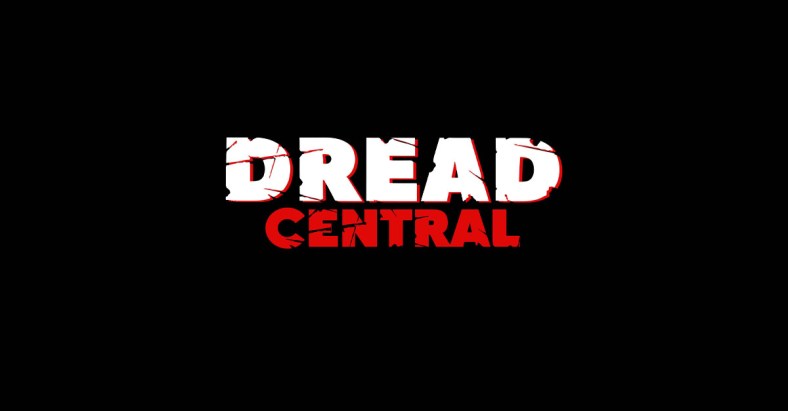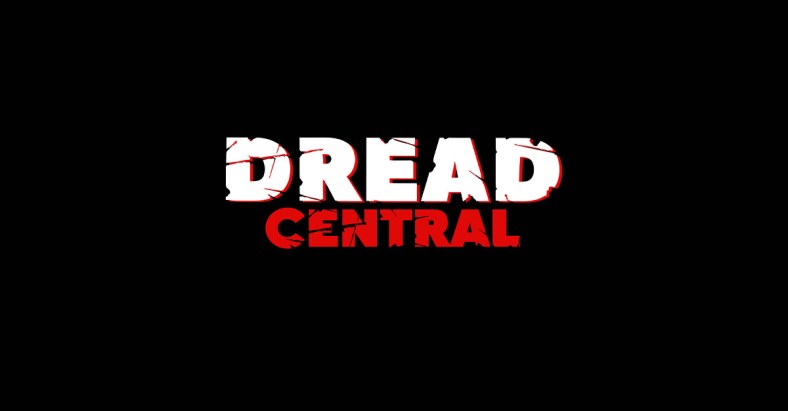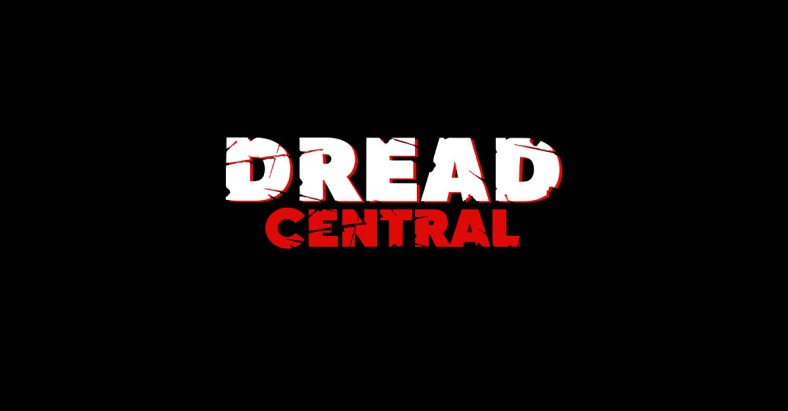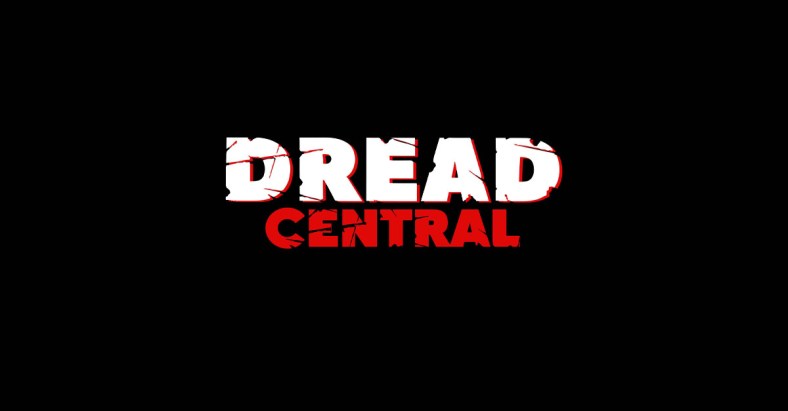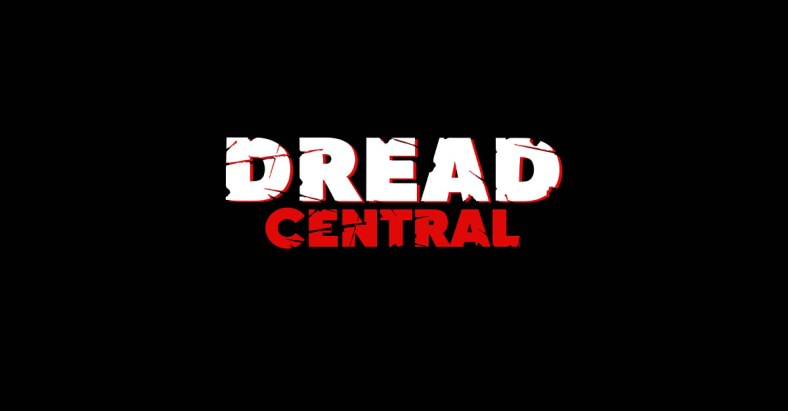Horror in Print: My Personal Journey With Horror (Swimming Upstream PART 5)

*Editor’s Note: B Harrison Smith is well known to horror fans as the writer/director of The Fields, Death House, and Camp Dread. He also directed The Special, released in 2020.
Related Article: Swimming Upstream: Filmmaker Harrison’s Smith Horror Journey (PART 1)
Related Article: Kid’s Horror Pushes Upstream: How ABBOTT AND COSTELLO & MAD MONSTER PARTY Made An Impact (PART 2)
Related Article: Horror’s Summer of ‘79; “Swimming Upstream: A Personal Horror Journey” (PART 3)
Related Article: Late Night in the Reagan Era: Swimming Upstream on A Personal Horror Journey (PART 4)
My first “chapter book” was Charlotte’s Web which, in some ways, could be argued contains horror elements. Wilbur the pig lives in perpetual fear of death from the people that feed him and house him. His only true friend, who was proud of her blood-sucking abilities, dies at the end. An egg sac hatches releasing hundreds of blood-suckers into the air with three remaining on a death farm with the reprieved pig.
Jaws came out as a film in 1975. The poster exclaimed it was based on the terrifying national bestseller. The reality behind that “bestseller” suggests that Universal Studios bought the movie rights and allegedly bought thousands upon thousands of the Jaws novels and stockpiled them in a warehouse to drive Benchley’s book up the bestseller listings.
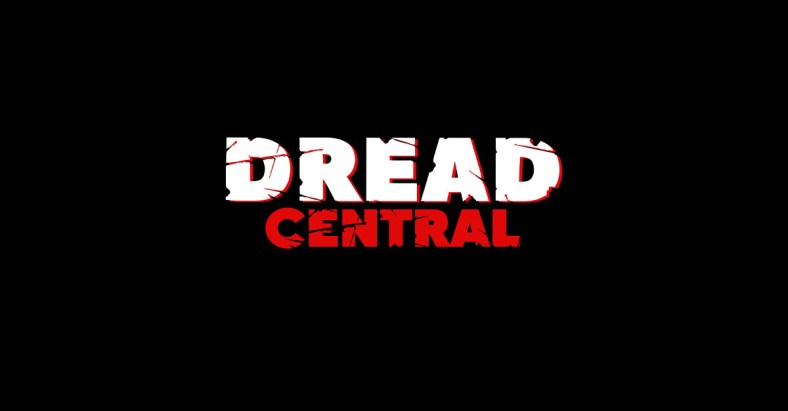
I read the book two years after I saw the film, around 1977, and was alarmed at the major changes the movie made. It was my first experience with “The movie was different and better than the book.” To this day I remember a line out of Benchley’s book about boys grinding their pelvises in the sand. As a kid, I wondered “what does this have to do with a shark story?”
I digress.
Summer 1978 closed in and an all-new Jaws book was coming, which would reverse everything for me. Hank Searls was tasked with adapting the screenplay for Jaws 2 into a novel. He followed the script and continued canon from Benchley’s novel. In Searls’s novel, Hooper died just as he did in the original novel. Quint was dead and Brody watched the shark die from the harpoons and barrels, slipping into the depths–not blown up with Spielberg’s big air tank ending.
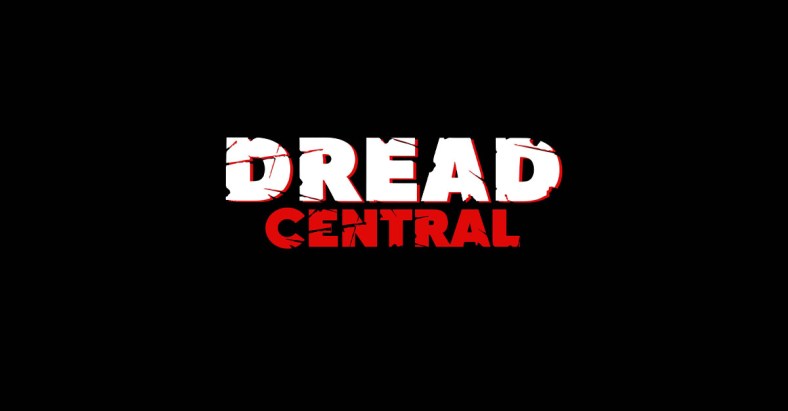
I saw the film at the Eric Twin Theater, my first “cineplex” experience in Easton, PA opening weekend. I went in having read the book and this time got the 180 reaction. While my fifth-grade self loved Jaws 2 the movie (not as much as the original) I was shocked at how simplified the movie was compared to the novel. To this day I maintain Jaws 2 gets a lot of shit because it’s not Jaws. It’s well-made, with a high production value and a stellar cast. It’s not the garbage we got with the subsequent two sequels.
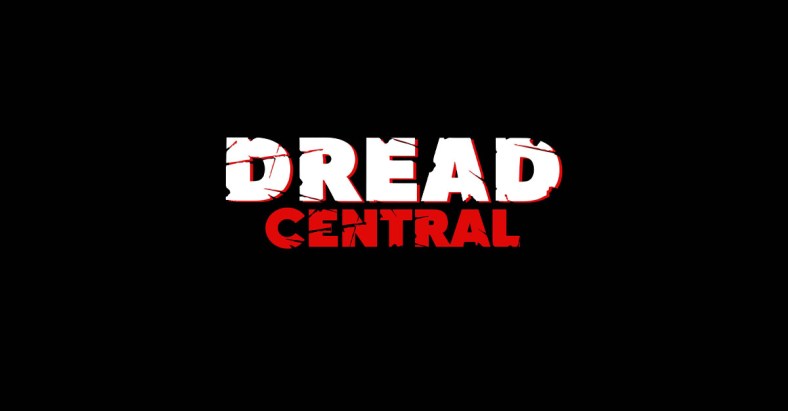
Jaws and Jaws 2 were my first “big boy books.” I checked Edgar Allen Poe out of our school library along with a collection of Alfred Hitchcock Presents short stories from famous authors like Daphne Du Marier, Robert Bloch, and HP Lovecraft.
My fifth-grade teacher voiced concern about my reading choices in a parent conference with my mother. She replied, “Well, the school library offers these books, correct?”
Aside from the classics (there was nothing wrong with that) my mainstream experience by sixth grade was Peter Benchley and Hank Searls. It wasn’t like our school library stocked up on contemporary horror and the town library was in town and car-ride hassle. You got what you got.

I had no idea Carrie was a book. The TV commercials for the film scared the hell out of me in fourth grade when it came out. Sissy Spacek would always be that bloodied, demonic girl in those commercials, even when she was Oscar material for Coal Miner’s Daughter a few years later. She can win all the awards that are out there and for me, she’s the blood-soaked girl drifting ethereally out of the blazing gym with her name rippling above on those previews.
Part Two of this series talked of our middle school’s “Exploratory” program where you could sign up for the various end of day activities. In seventh grade I signed up for “SSR” which stood for “Sustained Silent Reading” and a girl I found particularly cute was reading Carrie by some guy named Stephen King. That was the first time I became aware of King.
The book sported a dull cover. No nightmarish bloody Sissy Spacek, instead it was this unremarkable artwork of a girl’s face and a shadowed profile. When I asked the cute girl what she was reading, she replied “Carrie.” She went on to say it was about this girl who can move things with her mind. I put it together right there. Holy shit…the movie was based on that book in her hands. I asked who wrote it and she let me see: Stephen King. I checked out the author’s picture in the back.
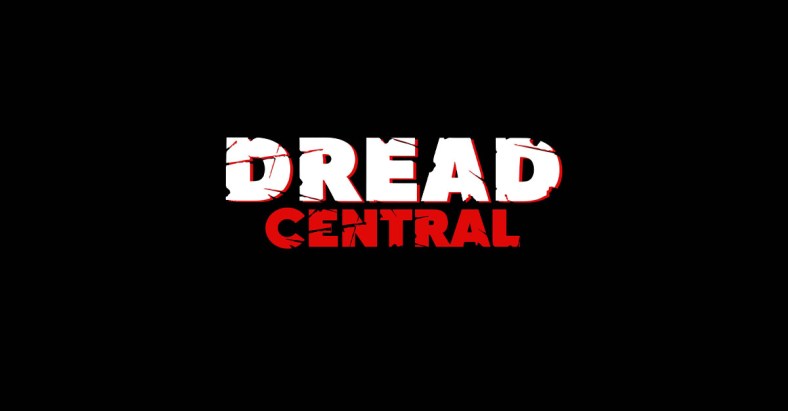
I went home and asked my mom if we could go to the library or the mall to get a copy of Carrie. She said no, we didn’t have to go anywhere, she had a paperback copy. Turned out my mother was a fan of King since Carrie and now she was happy to pass him on to me.
This installment is not to review each of King’s works. I am writing to lay out how horror changed the course of my life, influenced me as both a writer and filmmaker and most of all…allowed me to grow as a kid into a successful young adult.
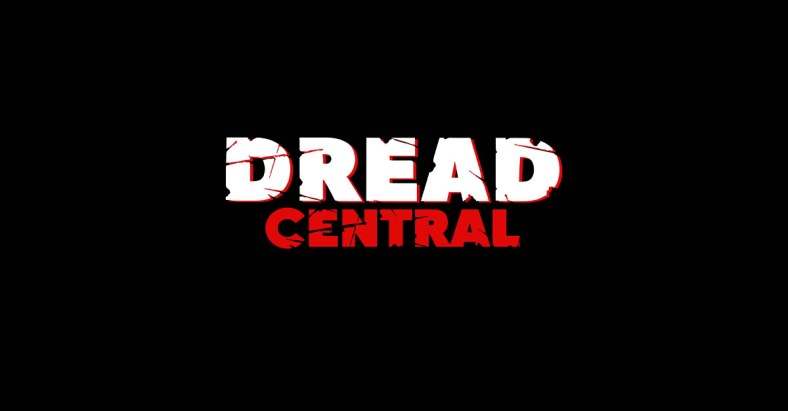
Don’t hear that much do you? Usually, the genre is blamed for society’s misfortunes and terrible acts. I am here to argue that horror made me more well-rounded, more understanding, and aware of the world around me. It gave me social skills and allowed me to flourish through high school and beyond.
I read Carrie and by the time Salem’s Lot dropped as a miniseries Fall of 1979 I was all caught up. I wore out my copy of his Night Shift collection of short stories and must’ve read The Boogeyman fifty times before eighth grade. My math and history notebooks sported King novel covers (which counted as part of your grade). What The Stand had to do with eighth-grade algebra was not just beyond me, but also my teacher. She did give me five bonus points on my notebook check for the artistic effort I put into my cover. It helped. I was more interested in solving for “seX” than “X” with my blonde Farrah-haired girlfriend.
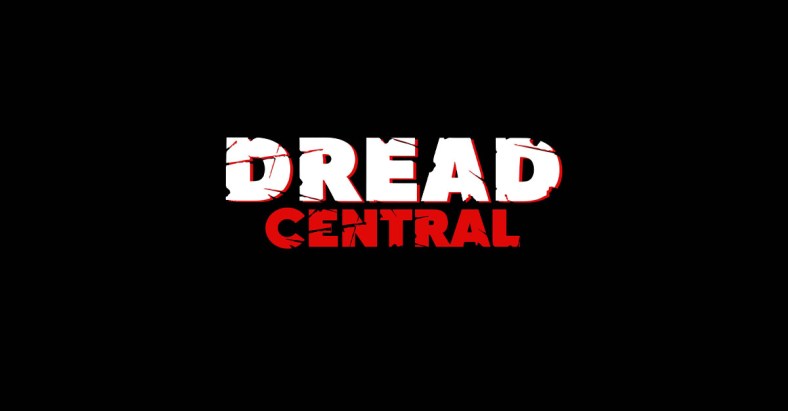
I felt I knew horror pretty well and read a lot of it. When King published Danse Macabre in 1981 it was satisfying to learn that I had seen most of the horror films on his back page list. I read much of the horror literature he loved. King checked off my boxes and he was my undisputed favorite horror author. By 1982 he was America’s favorite and a global sensation.
King was the Spielberg of horror. He reinvented the format and changed forever how content would be made and released. All of this has been documented, listed, and footnoted. None of it is groundbreaking news.
Before I get into how King influenced my life, summer 1980 gave us The Shining with Jack Nicholson and Shelly Duvall. Hollywood was waking up to the novelty that slapping King’s name on a film meant dollars thrown at their work like some stripper on a stage.
I read the novel before seeing the film. While Jaws 2 the novel was very different in tone and depth from the film, the movie was still a good time. I could not say the same for The Shining. We went to the same theater where The Amityville Horror nabbed my “R-rated” virginity and waited to be scared by The Shining.
I’m still waiting.
The TV commercials for The Shining film scared the hell out of me. That music with Jack Nicholson jeering into the camera, hobbling through the night snow with that ax and lots of wide-eyed shots of terror…yeah, you got me, Kubrick. I’m in. Take my lawn-mowing money.
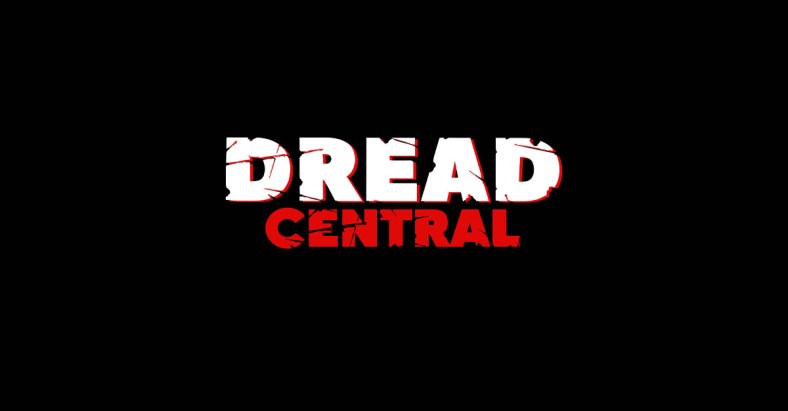
My teen posse asked “What the fuck was that?” a lot while afterward while waiting for one of our moms to get us. I was the only one to have read the book so I had some perspective. For me it was a lot of “What about the…but where’s this…they forgot that…” The movie stripped away almost everything that made King’s novel a personal nightmare. For my about-to-be-teen friends who didn’t read the book, the film was slow, boring, and even confusing.
Without Jack you got jack. The Shining, for me, is one of the genre’s most overrated films. It is hardly “terrifying” and does not deserve its high rankings on “Top Lists.” Well-made, Jack Nicholson, well-produced, beautifully shot…yes. Weird, creepy imagery? Yes.
Terrifying? No.
When I think about the film, it’s like the whole movie was in slow motion.
This is a perfect segue into my point about Stephen King. But one last shot at the Kubrick film…someone in marketing the subsequent paperback issues of The Shining got the idea to merge the movie’s signature image of Nicholson’s “Here’s Johnny!” moment with the book. This is misleading. If you open this book with this artwork on the cover expecting it to be like the movie, you’re in for one hell of a surprise.
Decades later, director Mike Flanagan would bring some kind of closure with Stephen King’s help with the movie ending of King’s Shining sequel, Doctor Sleep. There is a moment in that film involving the kidnapping of a boy baseball player that is more terrifying in its 4-minute scene than all two hours of The Shining.
Enough of The Shining. Back to King and why I connected to this guy’s writing.
Stephen King pulled the ultimate hat trick: he was able to bring back all of the old things, nostalgia–the feels, shall we say for horror, while packaging them up in a contemporary format with dialogue and characters that meant something to us.
Stephen King personalized horror. Let me support this.
My mother was not a horror person. If you remember she declined our pleas to get us into The Amityville Horror because it meant sitting through it with us. She relented with Alien and regretted it. She said she hated being scared and meant it.
Yet, when I came home from that reading group from school, she revealed she was a closet horror fan and it was Stephen King who made her one with Carrie. Now…why?
My mother would tell me stories of feeling like the misfit when she was a kid. She was the “chubby kid,” the “fat kid.” She took up smoking at the age of 13 and found that it also curbed appetite and she shed some weight.
I have pictures of my mom as a kid and teen and have never seen evidence to support her “fat kid” stories. She was thin, but one’s self-perception is very different than outside perspective. It doesn’t matter, it’ what she thought and because of that, Carrie appealed to her.
Was my mom picked on as a kid? Did she secretly want revenge against those who did? Was she rooting for Carrie White in the book’s prom rampage ending? Did my mom want to burn down the entire town? Carrie was her first taste and she was hooked. She read every single King book until her death in 2007. Her bookshelf was dominated by his work and it was all in chronological order.

Carrie appealed to me as well for similar reasons. The Jaws appeal was a monster shark swimming around eating people. Benchley’s original novel got mired down in an adulterous affair between Ellen and Hooper. The mafia had Larry Vaughn by the balls and threatening Brody. In between, the shark showed up. The film rightfully got rid of all of that.
Part Two of this series focused on my oddball status as a kid. I got called “faggot” a lot. Again, not excusing the word, but it was the term lobbed by other kids who “belonged” against those who did not, and whether they really thought I was sexually attracted to other males; it was the preferred carpet bomb word–weaponized to hurt someone and shit all over their day.
I was a misfit like Carrie White. I knew way too much about horror movies and Godzilla. I couldn’t play sports to save my life. I was into drawing, movies, and writing stories. I was “artsy.” That translated into “gay.”
I was an ass-kicking waiting to happen.
There were many times in elementary school that I got off the bus crying. I was picked last in gym. Whispers went on behind cupped hands, with eyes looking at me in the classroom—followed by giggles and laughs I knew were directed at me.

Sometimes I wanted to knock those kids out. Look, I love horror, but never once did I fantasize or think of bringing a gun to school to enact revenge upon my tormentors. However, I quietly cheered Carrie White on after the pig’s blood prom humiliation. Stephen King allowed me to vent my hurt and anger through his character.
Carrie was personal, and I think was to a lot of people who responded so well to it. Brian DePalma’s 1976 film became less of a horror movie to me. After reading King’s book, and creeping closer to teenager territory, I wanted to see the film.
Carrie the film was less about supernatural horror and more about the horror of real-life. Spacek’s performance transcended King’s book character. We felt so badly for this girl and the private anguish she endured. Piper Laurie’s crazy mother tied it all together and by the time the Bates High Bitches pulled their prom showstopper, we were ready for Carrie to fuck some shit up.
Anyone who was made fun of, tormented, picked on, verbally or physically abused could relate.
King was on his way. His characters weren’t Arctic explorers or effete English gentlemen or scientists. They were everyday people. The Dead Zone’s Johnny Smith (could you get any more bland of a name) was a high school English teacher suddenly thrust into extraordinary events in The Dead Zone (which eerily predicted the rise of Donald Trump through crazy politician Greg Stillson).
The Stand played into one of my greatest fantasies…to be alone–to be the last living person on earth. My favorite part of King’s book dealt with the rampant virus and returning the earth to a quiet planet. He wiped out the human race and I was fine with that.
His descriptions of the air smelling better, of Nick Andros and Stu Redman walking quiet roads with no cars passing, no factories no human noise…was bliss.

King did what good writers should…he transported us out of our regular lives into the ones of his characters. Even if those worlds were as mundane as ours because we knew something unbelievable was going to happen to them. We lived their experiences in his writing. We identified. Donna Trent’s marital unhappiness in Cujo came through to us. While we may not agree with her choices, we understood and feared for her when they led her to the lair of a rabid Saint Bernard. Pet Sematary’s Louis Creed was a campus doctor suddenly faced with a new home whose land has evil resurrection properties. Ben Mears was a writer, widower and before you can say “Salem’s Lot” he and a school teacher and country doctor are battling vampires in his home town.
Stephen King understood that horror was personal. The Shining is less about supernatural things in a hotel than it is about the real horror of the dissolution of the family unit from alcoholism and abuse. Only later did we find King himself was haunted by these very things and writing was quasi-exorcism of these demons. He admitted once he remembers nothing of the writing process for Cujo—being steeped into his addictions and living a Lost Weekend type of existence.

Test my hypothesis. Find any King story and look at the main characters. They are usually like you and me: middle class, workday people who turn a corner, and BAM! The world ends, a hotel claims their soul, a monster, alien clown-thing rises from the sewers to ruin summer vacation…regular people dropped into incredible circumstances.
The formula works.
Even in his first hands-on film, Creepshow, King’s characters are all normal people. From Ed Harris’s bewildered newcomer to the Grantham family, King’s simpleton Jordy Verrill whose life has been the same since a kid, to Hal Holbrook’s Walter Middy cuck college professor—the common person thread is clear. This holds true in all of his “Bachman Books” as well.
Real horror can come to us at any time. From anywhere—a call that brings the death of a loved one. A doctor visit that was routine turns into discussions of Stage Four cancer. The first time our kid gets behind the wheel by themselves and every fucking time your phone rings afterward…
This brings me to three personal connections to King’s work: Salem’s Lot, Pet Sematary and IT.
I grew up in a small town like Salem’s Lot. We had the main street dotted with cafes, book stories, a cobbler, local hardware, and bank—lined by large maples and oaks. We had sidewalks and Victorian homes on postcard streets. It was a vacation town where everyone knew everyone. Our town even had the town Chrysler dealer and you went to school with his kids whose last name went above that Chrysler name over the dealership display window.
Fuck, we even had milkmen for awhile.
Small towns breed contempt. King knew they also have a dark side to their picture-perfect façade. In Salem’s Lot, it was vampires that came for the town. They would destroy it, change it forever. By the end of the book, Salem’s Lot is a ghost town of the undead, the exact opposite of how it started for the reader.
The evil in Salem’s Lot was invited to the town in the form of Hubie Marsten, a wealthy rum-running hood in the 1920s and 30s whose mansion that overlooked the entire town held unspeakable things behind its walls.
Things were changing in my little town around 1980. Being a vacation town bordering New Jersey and a honeymoon and second home capital for New York City, my town started to see a population increase from the urban landscape.
New York and New Jersey were moving in. Over a slow period of time more and more kids with those Jersey and Brooklyn accents popped in class, moved into houses around us…reproducing almost exponentially as New York TV commercials urged city folk to “come to the Poconos.”
The New Yorkers and Jerseyites moving into our beautiful little town, carving out new developments, cutting down the forests, and filling in the ponds for new homes and resorts were like King’s vampires in Salem’s Lot.
And…they had been invited. The builders advertised on billboards along Route 80 and on the New York bridges to come to the Poconos. TV real estate showed small schools, low taxes, and the good life. “Beautiful Mt. Airy Lodge!” was one of many commercials pushed by vacation bureaus that fortified the images of heart-shaped and champagne tower Jacuzzis to the relocating undead.
The soul of our little town was being drained. When I return, the mountainsides are dotted with water parks and new resorts. The highways are clogged and places where we once camped and hiked are bulldozed under. Main Street now hosts a condom shop. Chain stores replaced the private owner restaurants and it’s become a college town dotted with bars and nightclubs.
Progress, I guess.
King’s It, much like his novella, The Body (Turned into the film Stand By Me) summed up my childhood as well as the kids from the 1950s now our parents. Hiking, fishing, camping, biking…long summer afternoons tubing down cow creek…I identified with The Losers from IT. My friends in middle school were much like the misfit kids in both stories.

I was the boy who wrote stories like Bill Denbrough in IT or Gordie LaChance in The Body/Stand By Me. I was the kid always telling the stories as we walked the train tracks, the woods, the back roads, while we fished or around the campfire. I would one day go on to make real Hollywood films, the small-town kid did good and that’s who I wanted to be when I read King’s books. I wanted to be THAT kid…the kid that overcame the monster…the horror…to do right and people would see it.
King spoke to ME in his writing. He reached out to invite me into his worlds and I found they were not much different than mine because mine had monsters too.
It was Pet Sematary that drove home my personal point. I mentioned our class celebrity and iconic hot girl, Toni, in Part 2 of this series. I loved Toni from afar and pursued her to be the celebrity name in my first feature film, a live-action middle school remake of Mad Monster Party. She declined but it made us closer and by high school, she was one of my closest friends.

It was Toni that gave me the confidence to run for class president, urging me to do so because I was just as good as anyone else, even though I saw myself as unpopular. Toni supervised my image remake and positioned me to take charge of my destiny. My wild times and great memories of high school are a large part thanks to her. She gave me the confidence to aim higher.
Toni was killed in a car crash in October of 1983, at the start of my junior year. That was the fall of my new class presidency. I had a new image: longer hair, mustache, a safari bush jacket, and a true “Cali Filmmaker” look that she helped design.
My junior year was to be a celebration of accomplishment. Six weeks in, the horror came and it was the first time I lost someone so close to me that was my age. Friday she was there after Driver’s Ed Behind the Wheel class and Saturday she was dead. By the middle of the following week, I was standing over her coffin at her viewing before her burial the next day.

My mourning took me to dark places. Not suicidal, but the places where heavy grieving will drag you. Suddenly my mind thought in Pre-Toni terms. This movie was shot or released while Toni was alive. I was doing this when Toni was alive. Overnight life became divided into “Pre-Toni” and “Post-Toni” categories.
Spandau Ballet’s True was on a playlist from our local radio station and seemed to be on the car radio every time she and I had Behind the Wheel. Whenever it came on, I saw her, heard her, and smelled her. My heart truly hurt—my chest ached. I would break into spontaneous crying jags. I let my schoolwork slide. I flirted with impeachment as class president.
I had given up.

Pet Sematary tapped into this grief. When Louis Creed loses Gage in that horrid trucking accident…I got it. I was with him as he ventured out to do the unthinkable…digging up his boy for the shot to have him back. I asked myself while I read…would I do the same for Toni if I knew there was a chance to have her back?
Let me make this clear–I did not give any thought to re-creating Louis’s actions in Pet Sematary. This was grief, not insanity or delusion. I identified with that father’s grief. King also made it very clear through the Greek Chorus that was next door neighbor Judd Crandall, that what comes back is evil and while it may fill the hole, what festers beneath that wound will kill you.
King’s lesson was very clear: sometimes dead is better.

The book helped me manage my grief. Horror served as a sounding board for my dark thoughts and brought me back up to the surface. A close friend gave me a verbal ass-kicking to head off impeachment and I returned to my grades and presidential duties full force.
It wasn’t overnight, but King’s book was a factor in managing the pain in my soul.
King’s ability to tap into the most basic of human emotions is coupled with his mastery of finding horror in the ordinary. He knows where real horror comes from. His horror always begins quietly…it seeps out of the woodwork. He doesn’t start with grandiose alien invasions or supernatural perfect storms.
Instead, he knows what scares you, because he knows what scares himself.
Stephen King is able to cut through the pretense of the genre and give us what we need and sometimes what we don’t want. Since we were kids, horror came from the closet, under the bed…in the darkness. That common thing unites us all and then as we age, it networks outward like tendrils and King knows how to navigate that network.

I am not scared of the dark anymore, but these days I am scared of going into it once I die. Again, King tapped right into that with Doctor Sleep. The hospice patient that tells Danny Torrence his greatest fear of death is that there could be…nothing. What if we just wink out and disappear into the void? Losing all that defined us.
That is horror. Maybe not to a 15-year old kid, because at that age most kids think they will live forever and are indestructible. King knew how to pluck every one of those tendrils—from the child-like fear of the dark through the fear of going into it as adults…the man plugged into the ether and has stayed that way. Carrie, The Shining, Salem’s Lot inspired me to write more—to work harder and improve my writing. I studied King’s dialogue and what made it so fucking good. His writing improved my vocabulary…I searched out definitions and kept a thesaurus by my bedside when I read his work.

Although I wrote Jaws 3 in sixth grade (making Toni a character) that was “fuck around writing.” I wasn’t serious. By eighth grade I started new work, imitating King’s style and attempting to ape to his dialogue. I wrote a supernatural witch/demon movie with teen characters that proved a hit among friends and warranted a sequel.
I wrote these on notebook paper by hand with my trusty Eraser Mate pen. I cranked out a monster story and also an Orca knockoff that never finished. It didn’t matter, Stephen King’s books fueled my desire to do better, to work harder, and forge my own path.

All of these were done by the end of eighth grade with my beloved reading teacher, Mrs. Haddon spending her free time to review and critique and provide guidance to help me grow as a writer. High school gave me several great writing teachers: Mrs. Patricia Schneider, Mr. Edward Burnett, and Mr. Michael Steen who read my work and gave fantastic feedback.
I dedicated Camp Dread to them as these three high school teachers gave me their time, their insight and were not afraid to give the hard criticism which made me work even harder to impress them. I was truly blessed with them in my life and high school career.
This is what Stephen King did. Horror led me to him.
His writing inspired me. It made me appreciate the small things in life and to love the moments. There are so many wonderfully beautiful moments in all of his books. Horror teaches us to appreciate them because they are fleeting as the monsters are always chasing us, even when they are out of sight and out of mind.
Horror is personal. I learned that from King. I was more than a “fan” (I hate that word. It is short for “fanatic” which implies mental instability) I was a student. I listened to King. I did more than read him, I tried to understand him and what he was telling me.
I wish he professionally taught writing. I would drive to Maine to sit in one of his classes.
Stephen King didn’t write about death but he teaches us about life.
Every single one of his books conveys that message.
I wouldn’t react to a horror author so strongly until my freshman year in high school when I was introduced to Peter Straub and Ghost Story.
That’s for an upcoming piece.
If Stephen King read this, I want to say: “Thank you. For everything.”
B Harrison Smith
Categorized:Editorials News



